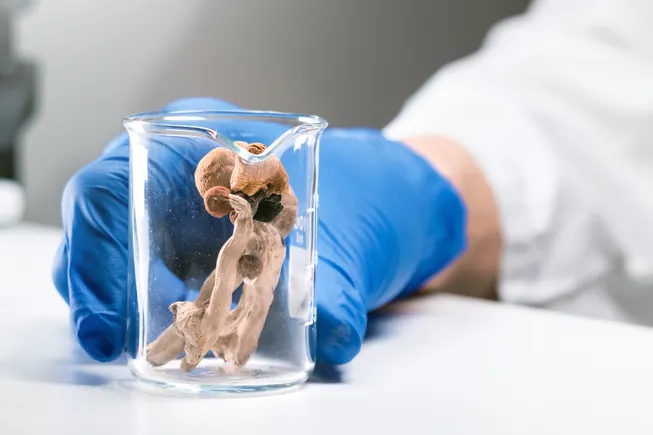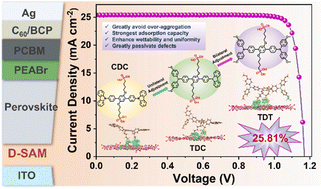Molecular Bridging at Buried Interface Enables Efficient Wide‐Bandgap Perovskite Solar Cells
Advanced Energy Materials, EarlyView.

Inserting 4F-HBM at the self-assembled monolayer/perovskite interface enhances perovskite film quality, reduces defect states, decreases non-radiative recombination, and accelerates carrier transport. The champion wide-bandgap device is achieved with a PCE of over 20%, and four-terminal all-perovskite tandem solar cells with a PCE of over 28%.
Abstract
The regulation of buried interface is crucial for high-performance wide-bandgap perovskite solar cells (PSCs), which can influence the interfacial defects, the charge transport, and the crystallization of perovskites. In this work, a facile strategy is reported of inserting a multi-functional (Z)-4-Fluoro-N′-hydroxybenzimidamide (4F-HBM) molecule between self-assembled monolayer (SAM) and wide-bandgap (WBG) perovskite layer, actively regulating crystal growth and promoting hole extraction. It is found that the F atoms in 4F-HBM form a hydrogen bond with the SAM. 4F-HBM interacts with Pb2+ in the perovskites, effectively reducing the defect state density at the interface and non-radiative charge recombination losses at the buried interface. The 1.77-eV WBG PSC using 4F-HBM has a significantly improved power conversion efficiency of 20.09% and a high fill factor of 84.71%, higher than those for the control device (18.47% and 82.53%, respectively). The device can maintain 85% of its original efficiency after 821 h of maximum power point tracking, showing improved stability. Four-terminal all-perovskite tandem solar cells by combining such a semitransparent WBG subcell with a 1.25 eV low-bandgap PSC obtains a PCE of 28.71%, among the highest efficiencies for four-terminal all-perovskite tandem cells to date. The work offers a promising strategy to enhance buried interface contact and defect passivation for perovskite-based tandem devices.












































































































































